Description
Copyright 2005
A Guide for the Library Media Specialist
The focus of this book is Collaboration, and the author describes how to make the transition from teaching library skills in isolation to helping students become Information Literate by integrating, with the classroom teacher Information Literacy Standards into the classroom curriculum, standards, and content areas.
Crow outlines and defines the information literacy standards, presents a step-by-step guide to collaborate with teachers, shares strategies in building flexible scheduling, shows assessment strategies, and gives examples to build motivational programs that support the information literacy program. The book and CD provide proven lesson plans, supporting materials, and templates. The CD contains 120 files – print-only PDF files of lesson plans and activities; WORD files to develop your own collaborative lesson plans plus files to customize those already provided; and reproducible activities to use in the library media center.
Sample Pages

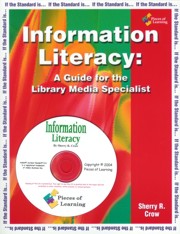
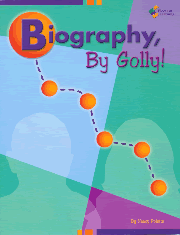
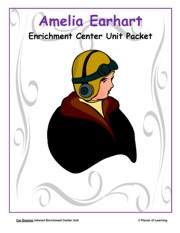
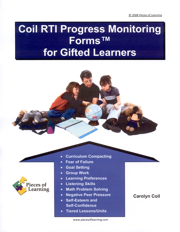
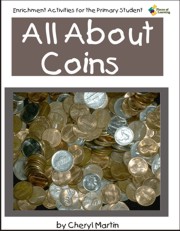
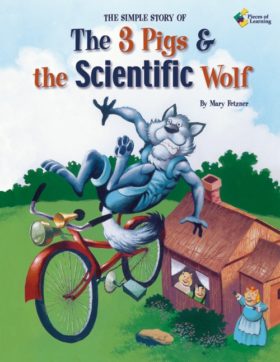
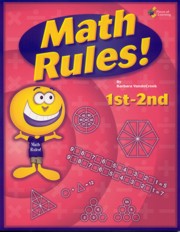
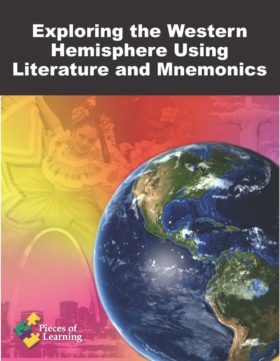
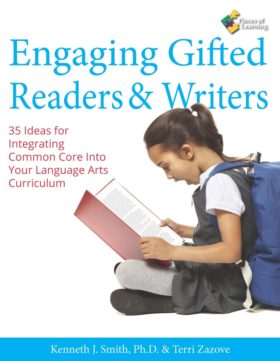
Loyal Customer –
In the article, “What Motivates a Lifelong Learner?” Sherry R. Crow states, “Lifelong learners are people who display an attitude and ability that prompts them to learn across their life spans” (2006, p. 22). That belief is the driving theme behind Crow’s book, Information Literacy: A Guide for Library Media Specialists. Crow urges media specialists to “let go” of control and let the library media center be used in a way that uniquely promotes information literacy. An enthusiastic media specialist herself, she gives the advice, “Offer support and ideas when problems occur, and offer your teachers chocolate!”
Information Literacy is both a textbook and a resource. In the textbook vein, Crow introduces readers to the Information Literacy Standards for Student Learning, as set forth by the American Association for School Librarians (AASL), in a way that it easy to understand and picture being taught, promoted, and used. These Information Literacy Standards, divided into three categories (Information Literacy, Independent Learning, and Social Responsibility), serve as a foundation for student learning, as well as for both personal and professional application. Skills included within these standards include being able to access, evaluate, and use information; choosing to pursue information related to personal interests; and contributing positively to the learning community.
As a resource, Information Literacy is an excellent tool filled with lesson plans, templates, rubrics worksheets, checklists, and project ideas. Most of the print resources found in these chapters also can be found on the accompanying CD-Rom in Microsoft Word and/or PDF formats so that users can more easily begin implementing Crow’s ideas. (The advantage of the Microsoft Word documents would be that you can save and type in your own information. The advantage of the PDF documents would be their high reproduction quality and ability to preserve graphics in the original format.)
While Information Literacy primarily targets the library media specialist, it could also assist teachers interested in promoting information literacy in their classrooms or in their schools. To either party, Crow advocates collaboration, flexible scheduling, assessment, and motivational reading programs as means of accomplishing these goals. Each of these facets is specifically and clearly addressed in its own chapter.
Overall, the book is great as both a resource and a text. While the skills taught within the text are not new, they continue to remain necessary. The book also serves as a nice complement to Information Power: Building Partnerships for Learning (American Library Association and Association for Educational Communications and Technology, 1998), the original document introducing the nine Information Literacy Standards. The only change that might have made this book more user-friendly is a more categorically-organized Appendix. While the 90-page Appendix is filled with useful resources, it is unclear how to find and select the most appropriate tool. Aside from this factor, users will find Information Literacy to be an easy read and motivationally stimulating.
Loyal Customer –
“Crow shares her enthusiasm, experience, and strategies for making the philosophical and programmatic shift essential to providing an effective student-centered library program. The content and CD will give your own collaborative planning a jump start.”
-Betty Bankhead, Staff Development Coordinator, Power Libraries Project
Loyal Customer –
“Why re-invent the wheel? Sherry has done everything for us. This book is excellent!”
-Linda Schwartz, MI